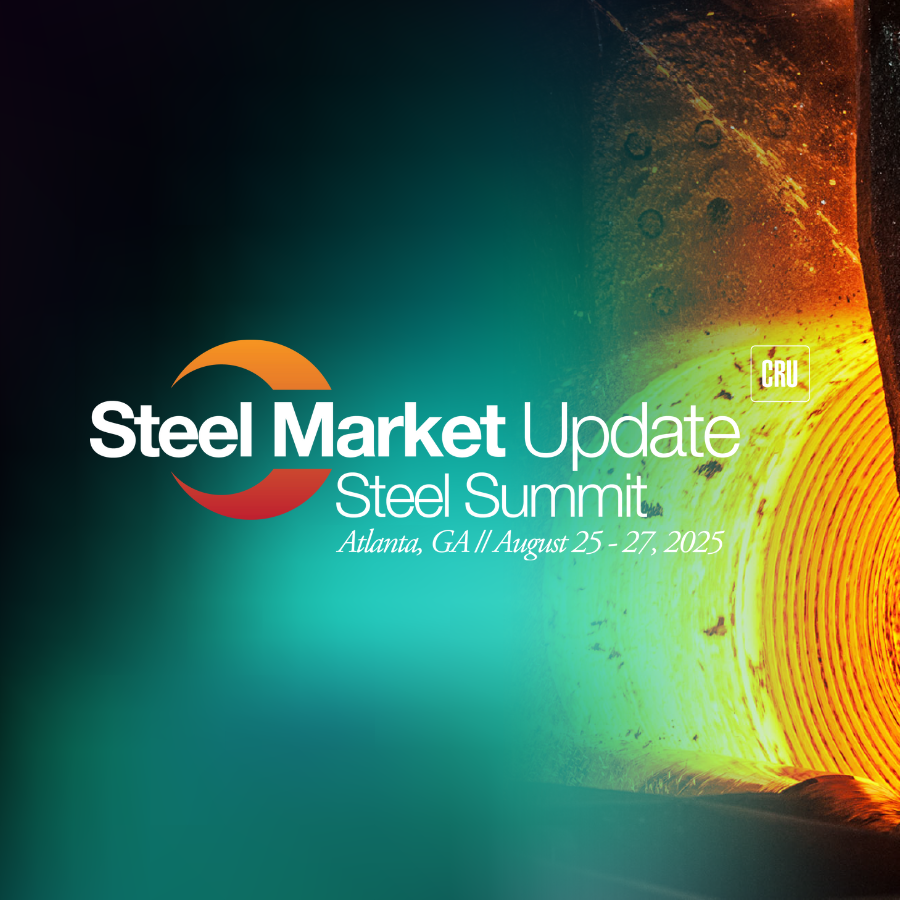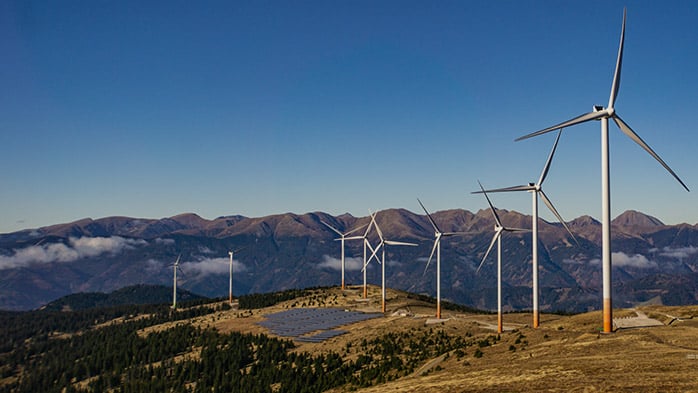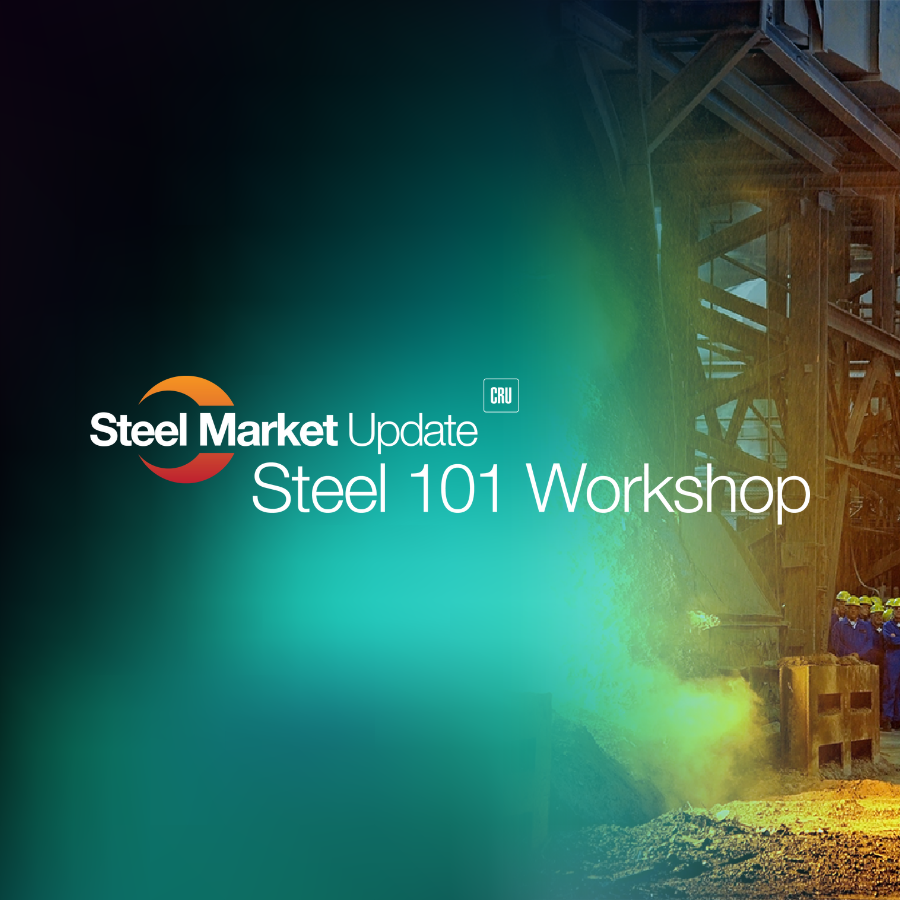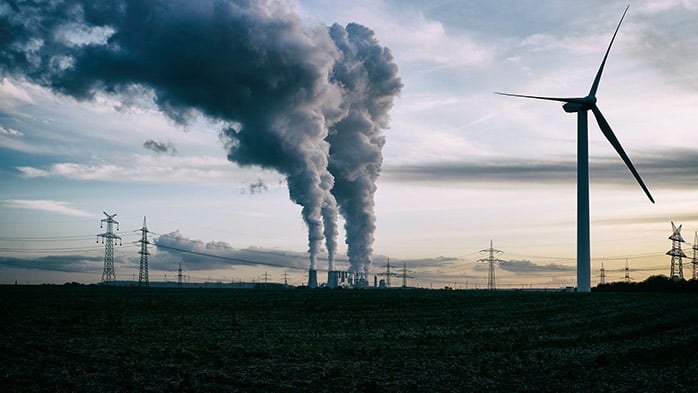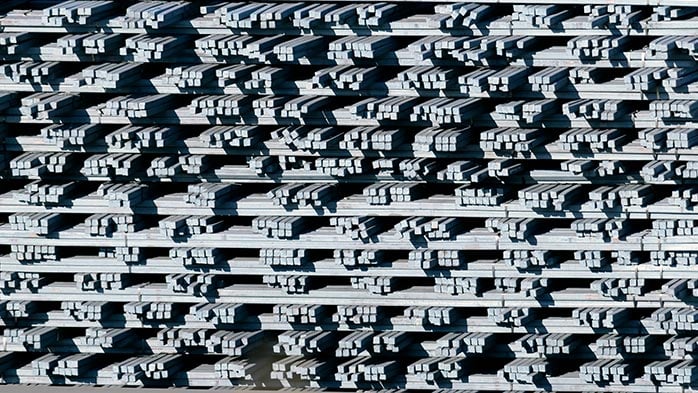“Real world” automotive emissions testing becomes applicable to all existing models and their variants on 1 September 2018 in the EU.
This more onerous procedure is set to cause localised auto production stoppages but overall we expect it may only have a small impact upon steel demand. In this Insight we look at the implications of the new testing requirements and explain the reasons behind our view.
Automotive OEMs prepare for WLTP testing
The EU will from 1 September 2018 require all newly-registered light vehicles to have been tested against new WLTP standards. WLTP stands for Worldwide Harmonised Light-Duty Vehicles Test Procedure. It measures emissions and fuel consumption with the aim to provide more “realistic” readings, as opposed to earlier testing that arguably did not recreate real-world driving conditions and performance.
WLTP has applied to all new models and engines in the EU since 1 September 2017 but from this year will also apply to existing models. If the model has not been tested it will not be permitted to be registered, and hence sold.
The WLTP test procedure takes a longer time to carry out per model than the prior system. It must also be applied to all variants of a model, where the prior system allowed for testing of a single model version.
This means that WLTP testing has become a short-term bottleneck for some EU light vehicle production. Any models not tested by 1 September cannot be sold until a test is completed.
Risk to steel demand viewed as small
In some of our recent market conversations we have heard views expressed that this WLTP requirement may lead to reduced EU steel demand in H2 2018. That would seem to be a risk to the extent that OEMs decide to stop production of non-compliant models until such time that testing is completed. We think the risk exists but would have overall quite a small impact for the following reasons:
- It is unlikely that OEMs would increase production ahead of 1 September and build inventory to cover any production outage since that would be inventory of untested cars that could not be sold. However, it is possible that there could be a subsequent catch-up period in production and over a period of time most losses could be recouped. That period may stretch beyond H2 2018 but perhaps would not do so.
- Not all OEMs may experience such problems:
- VW some months ago warned of the potential for production stoppages, subsequently followed up with quantification that its Wolfsburg plant would stop for 1-2 days per week in August-September.
- Consequently, steel suppliers with relatively heavy exposure to VW or Wolfsburg in particular, may see an effect larger than other suppliers. Salzgitter is likely to be one such supplier.
- By contrast BMW announced on 2 August that “just a few model variants” remain non-compliant with WLTP.
- At its H1 2018 results call Renault stated that all certifications would be completed by mid-August.
- VW some months ago warned of the potential for production stoppages, subsequently followed up with quantification that its Wolfsburg plant would stop for 1-2 days per week in August-September.
- Steel consumption itself occurs within the supply chains of the OEMs, where finished steel products are cut, stamped, formed etc. Production is not directly impacted at these supplier companies though there is at least an inventory implication. For example, suppliers to Wolfsburg may see an increase in goods on hand during the stoppage period unless they adjust their own production schedules. Such an adjustment may be likely given the working capital requirements of increased inventory, though it could be diluted versus outages at Wolfsburg itself.
CRU’s light vehicle production forecasts do not foresee any reduction in output at the European level. German output is expected to decline, but this is as part of a longer-term trend that sees European vehicle production still growing but migrating eastwards. Eastern Europe now accounts for 30% of European light vehicle production and this share is expected to continue to increase.




